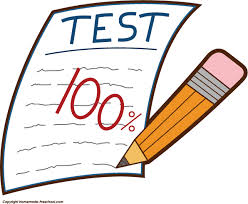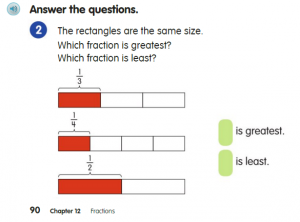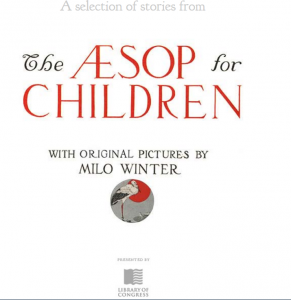Posted by kavery508 | Posted in Uncategorized | Posted on March 11, 2019
 Luck o’ the Irish? There’s just 13 weeks left in the school year! We’ll start this one by flexing our map skills as we explore directionality and landforms related to the Emerald Isle, share Irish folk tales and music, and more. For some fun sharing of Irish culture, check out: http://www.irishcultureandcustoms.com/1Kids/2Index.html
Luck o’ the Irish? There’s just 13 weeks left in the school year! We’ll start this one by flexing our map skills as we explore directionality and landforms related to the Emerald Isle, share Irish folk tales and music, and more. For some fun sharing of Irish culture, check out: http://www.irishcultureandcustoms.com/1Kids/2Index.html
 As the second trimester of school comes to an end this week, students will be taking reading tests (DRAs) and a district-wide writing assessment that tests students’ abilities with focus, organization, details and English conventions (punctuation, spelling) while producing a piece of informative writing. Quizzes and tests will also be given to measure students’ progress with math problem solving; map skills (natural/cultural features; directionality; countries vs. continents; oceans and continents; finding places on maps) and science concepts related to weather.
As the second trimester of school comes to an end this week, students will be taking reading tests (DRAs) and a district-wide writing assessment that tests students’ abilities with focus, organization, details and English conventions (punctuation, spelling) while producing a piece of informative writing. Quizzes and tests will also be given to measure students’ progress with math problem solving; map skills (natural/cultural features; directionality; countries vs. continents; oceans and continents; finding places on maps) and science concepts related to weather.
 Our reading focus this week is on Finding the Theme and Author’s Message. A reading theme is a big idea that we encounter again and again in literature, such as bravery or honesty or perseverance. The author’s message, on the other hand, is the moral of the story. We find evidence of it by looking at what the main character(s) learned, usually through failure. In The Gingerbread Man, for example, the theme is boastfulness. It’s a broad idea we find in many books, movies, and songs. The lesson to be learned (author’s message) is Don’t brag about yourself to others. We know this because when he did that, he came to a bad end. In any case, notice how looking at stories this way helps children to think deeply and critically about text, which is a big goal of reading instruction! You can try it at home with your young reader using any fiction story, and of course Aesop’s Fables are a great resource for finding the moral of the story. Here’s a great online collection from the Library of Congress!
Our reading focus this week is on Finding the Theme and Author’s Message. A reading theme is a big idea that we encounter again and again in literature, such as bravery or honesty or perseverance. The author’s message, on the other hand, is the moral of the story. We find evidence of it by looking at what the main character(s) learned, usually through failure. In The Gingerbread Man, for example, the theme is boastfulness. It’s a broad idea we find in many books, movies, and songs. The lesson to be learned (author’s message) is Don’t brag about yourself to others. We know this because when he did that, he came to a bad end. In any case, notice how looking at stories this way helps children to think deeply and critically about text, which is a big goal of reading instruction! You can try it at home with your young reader using any fiction story, and of course Aesop’s Fables are a great resource for finding the moral of the story. Here’s a great online collection from the Library of Congress!
 In our final trimester, students will engage in short, skills-based math units on topics such as telling time, measuring in inches/feet, graphing, and more. We begin by learning fractions: what they are; how to name them; how to compare them, and how to add fractions with similar denominators. What’s important, according to the Common Core, is that students gain an understanding of what fractions mean and become fluent using halves, thirds, and fourths. Consider the example below. Notice how it encourages students to think about what fractions are and about their relative sizes. This picture and many more can be found in the Student Book accessible via the Math in Focus link above (Book B; Chapter 12). As always, hit me with any questions!
In our final trimester, students will engage in short, skills-based math units on topics such as telling time, measuring in inches/feet, graphing, and more. We begin by learning fractions: what they are; how to name them; how to compare them, and how to add fractions with similar denominators. What’s important, according to the Common Core, is that students gain an understanding of what fractions mean and become fluent using halves, thirds, and fourths. Consider the example below. Notice how it encourages students to think about what fractions are and about their relative sizes. This picture and many more can be found in the Student Book accessible via the Math in Focus link above (Book B; Chapter 12). As always, hit me with any questions!

March Madness has begun! Students in Phys. Ed. classes have been running laps to work on fitness goals, including reaching the one mile mark!



